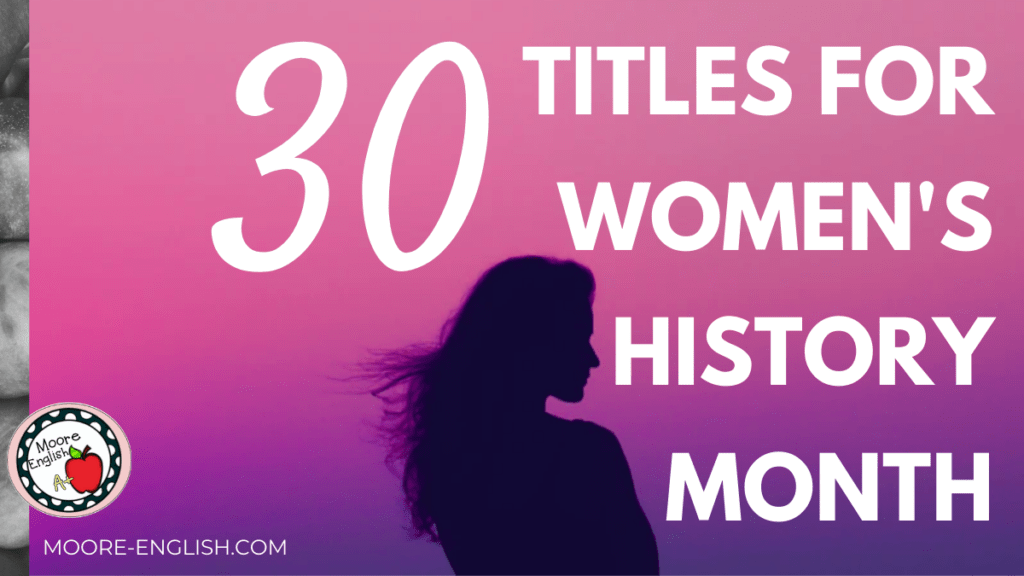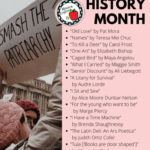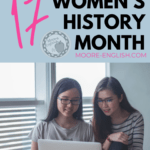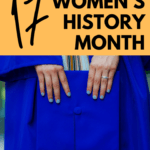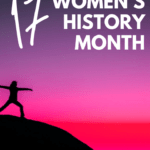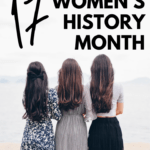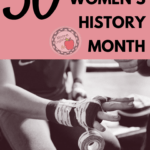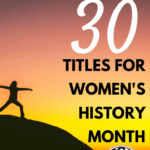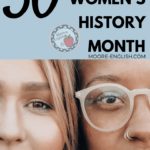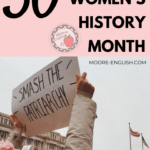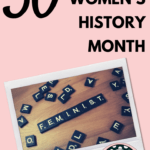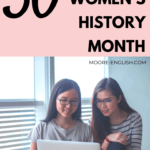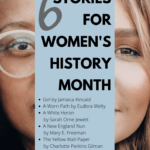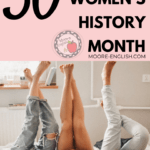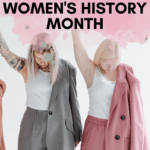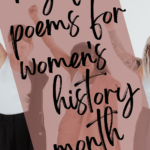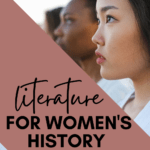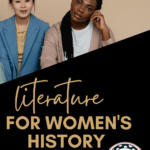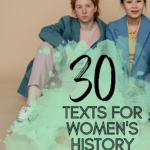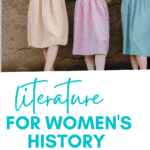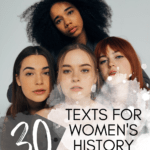The first CD I ever owned was Britney Spears’ …Baby One More Time. I danced to “(You Drive Me) Crazy” in a misguided fourth-grade talent-show audition. And the first time I tried karaoke, I used a Britney Spears’ song. I may be listening to “Perfume” while I write this.
So of course, I watched and followed much of the internet chatter surrounding Framing Britney Spears. Part of the fall out from this documentary has been a conversation about how and why media fails women.
With all this swirling around in my mind, I want to make sure I don’t fail the young people in my classroom. And while I don’t want to fail any of my students, I especially want to make sure I don’t fail the young womxn of color in my classes.
With this goal in mind, I put together a collection of texts, ideas, and resources for teaching literature by womxn authors, artists, and creators. Although teachers should include these kinds of authors and resources all year long, March is Women’s History Month, which provides us with an extra spotlight.
This post this post may contain affiliate links. Please read the Terms of Use.
Literary Criticism
Your first thought might be “How do I make Women’s History Month part of my classroom when I have limited control over the curriculum, pacing, and assessment?”
Don’t worry. I’ve been there, too.
Sometimes teachers have a limited amount of control over the content inside the classroom. If that’s your situation, consider introducing literary criticism. Feminist criticism opens every text to discussions about sex, gender, and identity. Even if you do not have time to explicitly introduce literary criticism, here are some questions that help students approach a text from a feminist perspective.
- Firstly, who or what has agency in the text?
- How does the text treat its women characters?
- How much control do the women characters have?
- Are the women characters stereotyped in any way?
- Which characters are flat/round and static/dynamic?
- Does the text reinforce or reject traditional gender roles?
- What message does the text send about the value of women?
- What symbols does the text use, and what are their connotations?
- How does the text view family, parenthood, domesticity, and work?
- How do the characters in the text view success, failure, strength, and weakness?
- Then, to what extent does the historical and cultural context in which the text is set and takes place affect the characters?
- Finally, what opportunities does the author provide the characters? Are the women characters provided equal opportunities for growth?
Literary criticism is one of my favorite subjects, so I have several posts and resources you can check out to learn more!
- Firstly, 5 Reasons You Should Be Teaching Literary Criticism and 5 Ways to Make it Happen
- Secondly, 3 Charts and 3 Note Styles for Introducing Literary Criticism
- Additionally, Introducing Historical and Biographical Criticism
- Similarly, Teaching Literary Criticism with Taylor Swift
- Finally, 40 Titles for Teaching Literary Criticism
Poetry for Women’s History Month
I teach poetry all year long, infusing it into each unit and relying on it heavily for skill-specific intervention. For this reason, I had a large number of poems from which to choose. Therefore, I looked for poems by women that provide some kind of commentary on that experience.
Firstly, I thought of “I Have a Time Machine” by Brenda Shaughnessy. I thought of this poem because it tells the story of one woman’s life from childhood through an abusive relationship and into middle age. Read the poem here.
At first glance, “To Kill a Deer” by Carol Frost may seem like an unusual recommendation for Women’s History Month. However, the doe in the poem’s title is an important symbol. The way the narrator interacts with the doe is equally important. Overall, this is a poem primed for a discussion of identity and violence and the violence in creating an identity. Read the poem here.
Additionally, a Women’s History Month poetry collection would not be complete without Audre Lorde. In “A Litany for Survival,” Lorde provides commentary on Blackness, Otherness, and unity. Read the poem here.
Likewise, Maya Angelou is a powerful Black writer. I typically teach her poem “Caged Bird” during my To Kill a Mockingbird unit. In that unit, students discuss how the bird relates to characters like Calpurnia and Tom Robinson and, of course, to the title mockingbird. However, even though the caged and free birds are both described as “he,” this poem is worth reading through the lens of feminist criticism. Read the poem here.
Additionally, “One Art” by Elizabeth Bishop is a good choice for Women’s History Month. Bishop was the second woman to be US Poet Laureate, and this information coupled with this poem lends itself to a conversation about social expectations of women and, for that matter, of poetry. How do standards and expectations limit and constrict? Read the poem here.
Similarly, in “What I Carried” and “You Could Never Take a Car to Greenland,” Maggie Smith evaluates some of the constraints related to motherhood. Of course, a list of text suggestions for Women’s History Month would be incomplete without a text discussing the experience of motherhood. Read Maggie Smith’s poetry here.
Finally, there are plenty of poems that provide outright criticism of gender roles. Two recommendations in that vein are “I Sit and Sew” by Alice Moore Dunbar-Nelson and “I, being born a woman and distressed” by Edna St. Vincent Millay.
Also consider these poems:
- “Old Love” by Pat Mora
- “Names” by Teresa Mei Chuc
- “Senior Discount” by Ali Liebegott
- “For the young who want to be” by Marge Piercy
- “The Latin Deli: An Ars Poetica” by Judith Ortiz Cofer
- “On Being Brought from Africa to America” by Phillis Wheatley
- “Tula [‘Books are door shaped’]” from The Lightning Dreamer by Margarita Engle
- Finally, “Time does not bring relief; you all have lied” by Edna St. Vincent Millay
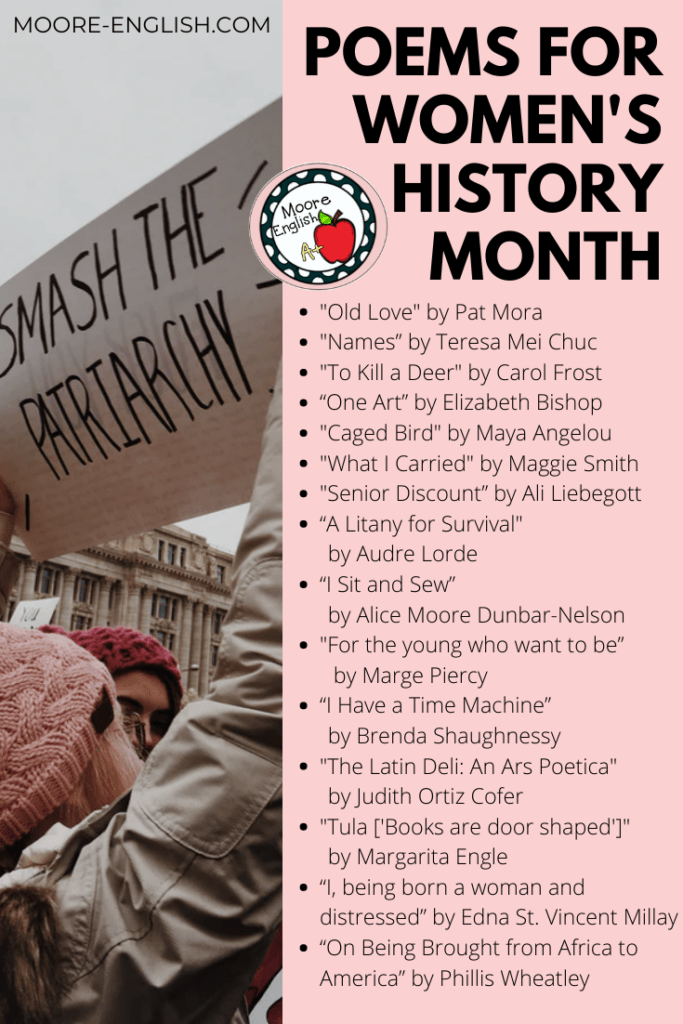
Short Stories for Women’s History Month
When I started putting together this list, these short stories were at the top of my mind. My juniors will read most of these titles in our next unit, which is when we will begin exploring literary criticism in greater depth.
Firstly, “A White Heron” by Sarah Orne Jewett is the first short story my juniors will read in our upcoming unit. In this short story, students can evaluate perceptions about gender, youth, innocence, and power. Read it here.
Like “A White Heron,” “A Worn Path” by Eudora Welty also evaluates the relationship between age, gender, and credibility. Unlike “A White Heron,” Welty’s main character Phoenix Jackson is older, blind, and Black, which adds another layer to how the character is treated by those around her. Read it here.
Additionally, “The Yellow Wall-Paper” by Charlotte Perkins Gilman is an ideal text for Women’s History Month. In this text, the author interrogates assumptions made about women’s health and wellness, including the power men, husbands, and institutions have over women. Overall, this is an ideal text for evaluating a character’s agency of lack thereof. To hear Perkins Gilman describe how her own experiences as a woman and mother inspired her writing, students can also read, “Why I Wrote ‘The Yellow Wall-paper’?“. Read the short story here.
Also consider these other short stories:
- “Girl” by Jamaica Kincaid
- “A New England Nun” by Mary E. Freeman
- Finally, “The Jilting of Granny Weatherall” by Katherine Anne Porter
Resources for all of these short story titles are also included in my 9-12 Short Stories Bundle. Overall, you get 9 resources for 6 short stories and almost 200 pages of questions, graphic organizers, and writing prompts!
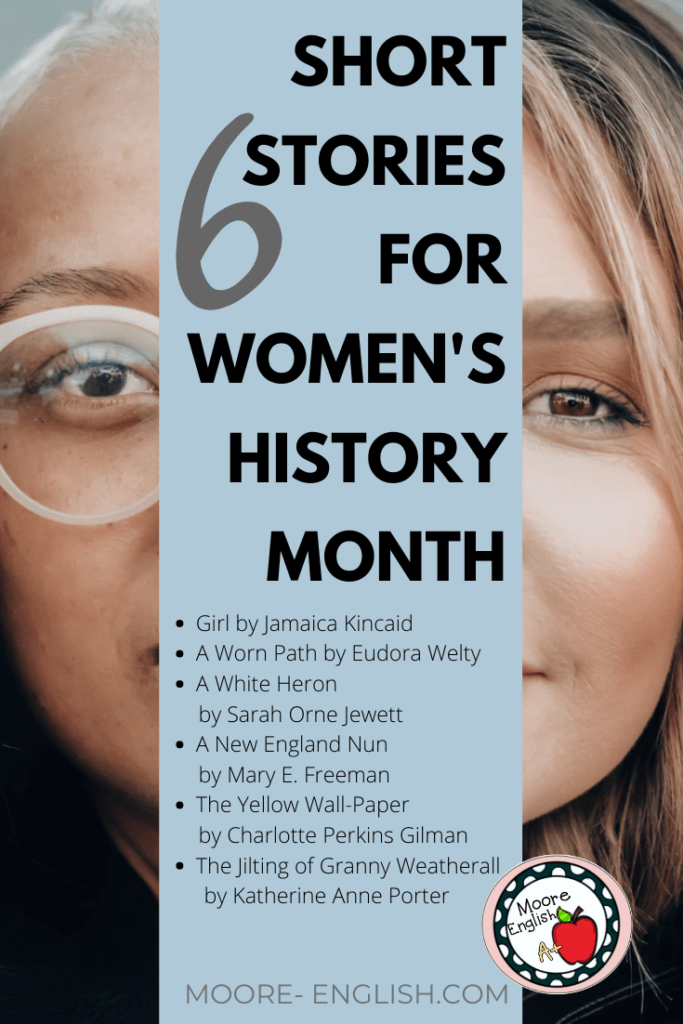
Classical Characters
Finally, classical allusions can provide commentary on how perceptions of women have grown and evolved over time. Consider focusing on a single woman character and evaluating how she is depicted at different times and by different authors. Of course, the first two characters I thought of for this were Helen and Penelope from Homer’s epic poems.
Modern and Contemporary Takes on Penelope
- “An Ancient Gesture” by Edna St. Vincent Millay
- “Penelope to Ulysses” by Meredith Schwartz
- “Penelope” by Dorothy Parker
All three of these poems about Penelope are also included in The Odyssey Synthesis Bundle. Overall, you get 9 poems and almost 50 pages!
Modern and Contemporary Takes on Helen
- H.D.’s “Helen”
- Nikita Gill’ “Helen”
- Ella Wheeler Wilcox’s “Helen of Troy“
All three of these poems about Helen are also included in my 11-12 Synthesizing Allusion Across Media Bundle. Overall, you will find 5 poems and paintings to help students evaluate how Helen has been portrayed across the generations.
Last Thoughts
When I made my fourth grade Britney-Spears inspired talent-show audition, I had no idea how complex Women’s History can be. When I think about the Britney Spears documentary, I also think about Penelope and Helen. How did the men around them fail them? How did their authors fail them?
Ultimately, I think about how I want to make sure not to fail my students, for society has repeatedly failed womxn, especially womxn of color, and I do not want to repeat past mistakes, which is why it’s important to spotlight Women’s History Month and the contributions women authors, artists, and creators make all year long.

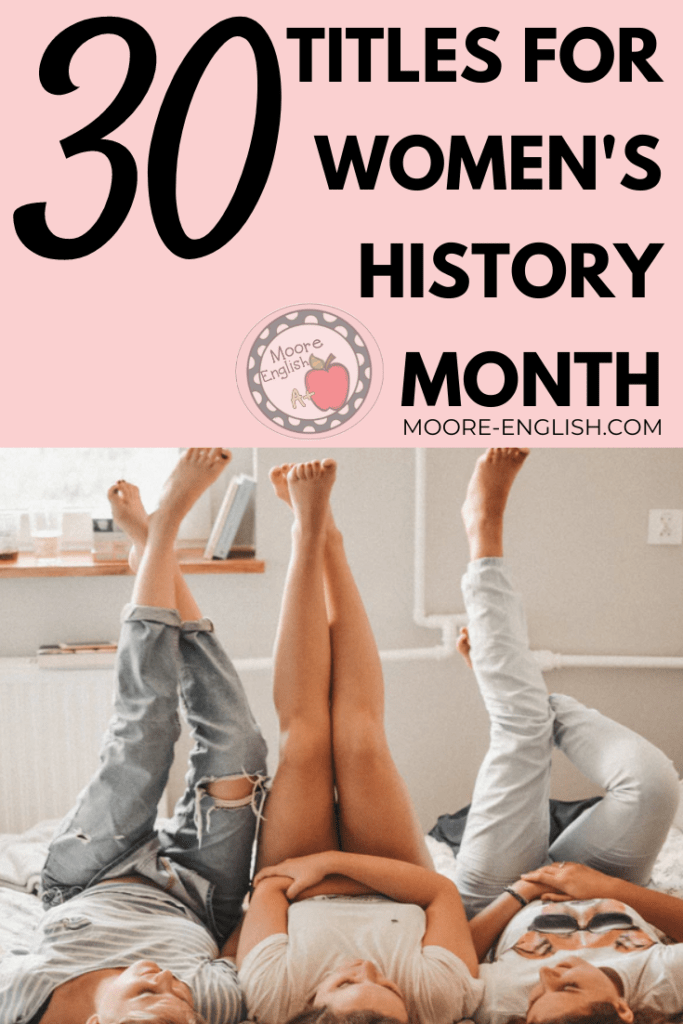
Photo credits: Jude Beck, Joel Muniz, and. Austrian National Library. Additionally from Dario Valenzuela, Katarzyna Grabowska, Suhyeon Choi, Mimi Thian, chloe s.. Similarly, Jen Theodore, Tai’s Captures, Elena Putina, Gemma Chua-Tran. Finally, Miguel Bruna, dylan nolte, Tim Foster, and Ahmet Sali on Unsplash

